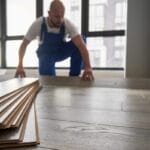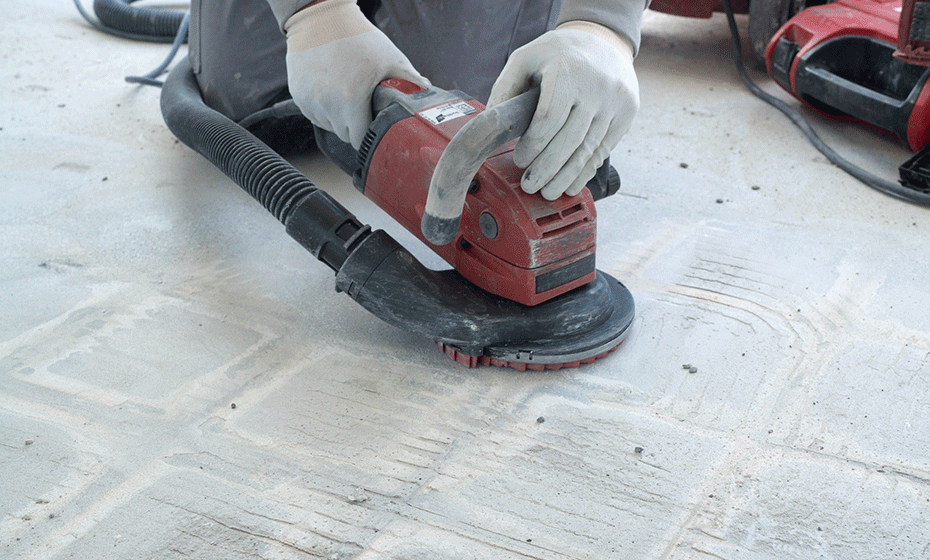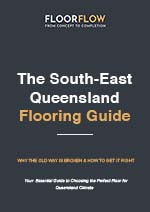Floor Preparation in Brisbane: The Hidden Reality Every Homeowner Must Know
The flooring industry has undergone a dramatic transformation that most homeowners don’t fully understand until they’re standing in their empty room, staring at an uneven subfloor that threatens to derail their renovation dreams. Modern flooring materials are getting progressively thinner, making floor preparation more critical than ever before.
Gone are the days when 25mm and 19mm hardwood flooring could forgive minor imperfections in the subfloor. Today’s 8mm laminates, 6mm hybrid planks, and ultra-thin 4mm vinyl products demand near-perfect substrates to perform properly. This shift has transformed floor preparation from a minor consideration into the most challenging aspect of any flooring project.
The Thin Floor Revolution Changes Everything
Modern flooring technology has achieved remarkable advances by becoming increasingly sophisticated and correspondingly thinner. Where traditional hardwood flooring at 19-25mm thickness could bridge minor subfloor imperfections, today’s engineered products rely on precision installation conditions.
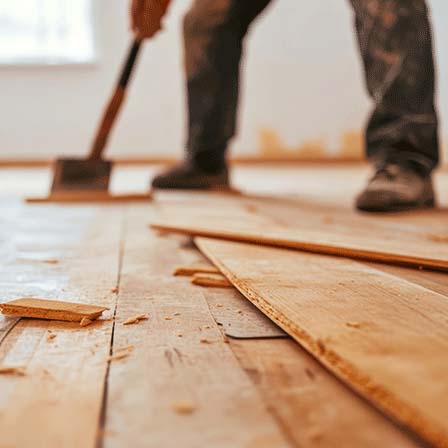

Contemporary laminate flooring typically measures 8-12mm thick, hybrid products range from 5-8mm, and luxury vinyl planks often measure just 4-6mm. These thinner materials telegraph every imperfection directly to the surface. A 2mm difference in floor level that was invisible under thick carpet becomes a noticeable ridge under thin vinyl planks, creating pressure points that cause premature wear, cracking, or joint failure.
Queensland's Older Homes Present Unique Challenges
Brisbane, Gold Coast, and surrounding areas contain substantial housing stock built when carpet dominated residential markets. Builders of the 1970s, 1980s, and 1990s focused on structural adequacy rather than precision leveling because carpet underlay compensated for irregularities.
It is a long established fact that a reader will be distracted by the readable content of a page when looking at its layout.
– Michal Smart
Traditional Queensland construction using timber stumps, bearers, and joists created structurally sound floors that rarely meet modern tolerance requirements. These homes often exhibit gradual slopes, step differences between rooms, and localized variations from decades of settling. Concrete slabs from this era similarly prioritized structural integrity over the tight tolerances required for today’s thin flooring materials.
Climate Conditions Complicate Subfloor Stability
Queensland’s subtropical climate creates ongoing challenges for subfloor preparation that affect both assessment and execution. Seasonal moisture variations cause timber subfloors to expand and contract, creating height differences that may not be apparent during initial evaluation but become problematic after installation.
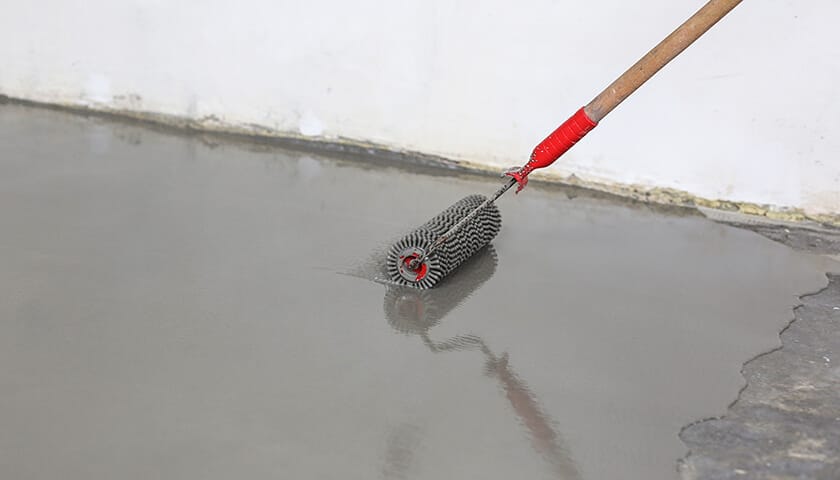
Concrete slabs face unique moisture management challenges from seasonal rainfall, ground moisture, and humidity variations. These conditions affect leveling compound adhesion, curing rates, and long-term stability. Coastal areas add salt air exposure that influences both substrate behavior and preparation material selection, requiring specialized knowledge for successful outcomes.
The Hidden Scope Problem Creates Budget Uncertainty
Floor preparation represents the most unpredictable aspect of any flooring project because the full scope of work remains hidden until existing floor coverings are removed. Removing old carpet typically reveals subfloor conditions unseen for decades, including tack strip damage, adhesive residue, moisture staining, and structural movement.
Previous flooring installations may have used leveling compounds, adhesives, or underlayments affecting new preparation requirements. Structural issues including loose subfloor panels, squeaky joints, or minor settling damage often become apparent only after existing flooring removal, requiring attention for optimal long-term performance.
High Spots and Low Spots Require Different Solutions
Grinding high spots represents the most disruptive aspect of floor preparation, creating dust, noise, and mess affecting the entire household. Concrete grinding requires professional equipment and dust extraction systems, while timber subfloor correction involves sanding or planing techniques that maintain structural integrity.
Filling low areas requires selecting appropriate leveling compounds for substrate type and intended flooring material. Modern self-leveling compounds provide excellent results when properly applied but require precise surface preparation, priming, and mixing techniques. Queensland’s climate conditions can affect curing rates, requiring timeline adjustments and environmental controls.
Professional Assessment and Realistic Budgeting Essential
Professional assessment using laser levels and precision measuring tools reveals variation patterns determining preparation strategies. Understanding tolerance requirements for specific flooring materials helps distinguish between acceptable variation and problematic conditions requiring correction.
Typical preparation costs range from $15-40 per square metre depending on work required, but extreme conditions can exceed these ranges significantly. Planning buffer allowances of 20-30% above initial estimates accommodates most contingencies while avoiding project delays when unexpected conditions emerge.
Planning for Disruption and Long-Term Success
Floor preparation requires furniture removal, household disruption, and extended project timelines that many homeowners underestimate. The messy nature of grinding and leveling work cannot be fully contained despite professional dust extraction systems, requiring protection of adjacent areas and thorough cleanup.
Professional contractors provide specialized tools, materials knowledge, warranty coverage, and expertise managing Queensland-specific conditions that DIY approaches cannot match. The cost of tool rental, material waste, and potential mistakes often exceeds professional service costs while delivering inferior results.
The Foundation for Flooring Performance
Modern thin flooring materials offer remarkable benefits in appearance, cost, and performance when properly installed over correctly prepared substrates. However, these benefits depend entirely on meeting precision requirements that distinguish today’s products from traditional alternatives.
Queensland homeowners who invest appropriately in floor preparation enjoy flooring installations that perform beautifully for decades while avoiding premature failures, warranty disputes, and replacement costs resulting from inadequate substrate preparation. Understanding that preparation isn’t optional but rather the essential foundation determines whether your flooring investment delivers expected performance and longevity in Queensland’s demanding climate conditions.
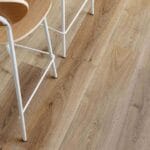
Vinyl Flooring for Queensland's Subtropical Climate
Floating Floor Installation South East Queensland
